The 10 most interesting historical and artistic discoveries of 2021
Art history is a very lively subject, and even in 2021 it reserved many discoveries. Here are what we think were the most important ones.
1. March. A sculpture by Emilio Greco in the deposits of the Ravenna City Art Museum.
In March, the deposits of the Museum of Art of the City of Ravenna (MAR) reserved a pleasant surprise: an important sculpture by Emilio Greco (Catania, 1913 - Rome, 1995), hitherto inventoried as the work of an unknown author, was in fact “rediscovered.” The sculpture, with sinuous and elegant lines, depicts a nude of a woman, and its presence in the MAR Art Gallery has been reported since the late 1960s. After careful analysis, observation of the work and documentary verification, it was found to be indeed a work by Emilio Greco. Read the full story here.

2. April. Seventeenth-century frescoes re-emerge at Uffizi from work on new entrance
New spaces at the Uffizi Galleries in Florence, with new discoveries as well: two important 17th-century frescoes and other 18th-century paintings have resurfaced during the renovation and restoration work on some rooms in the gallery’s west wing (the one closest to the Ponte Vecchio). They are two portraits of the grand dukes of Tuscany: the first fresco is a clypeus in which Grand Duke Ferdinand I is portrayed, while the second, the largest and most intact, is a full-length, life-size portrait of the young Cosimo II de’ Medici, with allegories of Florence and Siena, to be attributed to the ambit of the painter Bernardino Poccetti (Florence, 1548 - 1612). The superimposed fresco has resurfaced under the plaster of a room. Read the full story here.

3. May. Two works by Matteo Civitali
Two previously unpublished works by Matteo Civitali (Lucca, 1436 - 1502), discovered by Valentino Anselmi, an official Art Historian in service at the ABAP Superintendency for the Provinces of Lucca and Massa Carrara, are on display at the National Museum of Villa Guinigi in Lucca from May 2021 until May next year, as part of theas part of a joint project of the Fondazione Banca del Monte di Lucca, which took charge of the restoration and installation, the Soprintendenza Archeologia, Belle Arti e Paesaggio for the provinces of Lucca and Massa Carrara, and the Regional Directorate of Museums of Tuscany, which is hosting the temporary exhibition at the National Museum of Villa Guinigi. They are the Salvator Coronatus from Santa Maria Corteorlandini and the Madonna and Child from Colle di Compito, which enrich the catalog of the great Renaissance sculptor. Read the full story here.
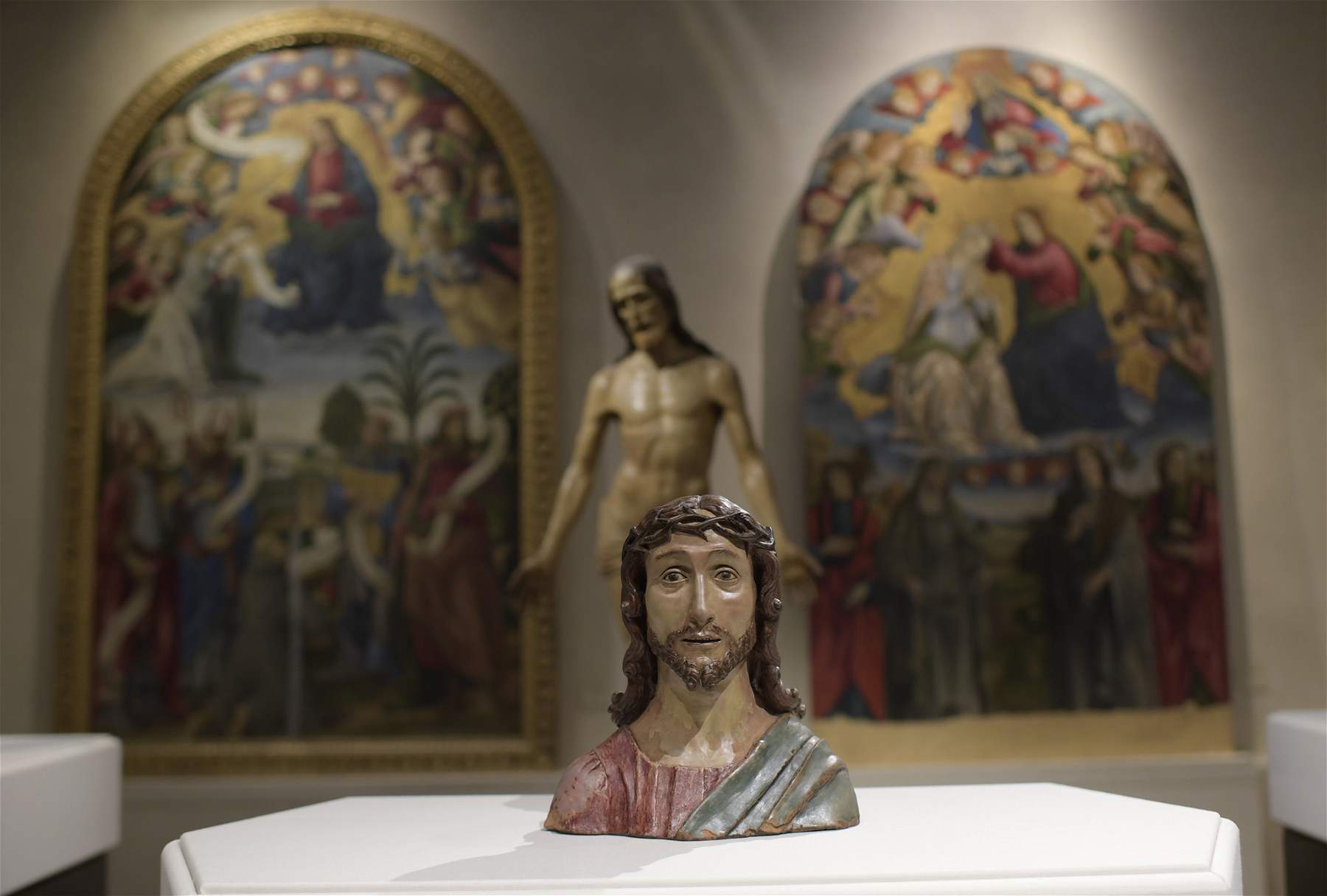
4. May. An unpublished drawing by Federico Faruffini paying homage to Dante Alighieri.
An important unpublished drawing by Federico Faruffini (Sesto San Giovanni, 1833 - Perugia, 1869), one of Italy’s greatest 19th-century artists, a painter, engraver and photographer close to the Scapigliatura movement, a pupil of Giacomo Trecourt and a friend of Tranquillo Cremona, has been discovered in Ravenna: it is a moving tribute to Dante made in 1863, an ink drawing that until now had no certain name, and was in one of the albums that for more than a century collected the signatures of visitors to the Supreme Poet’s tomb. The discovery came on the sidelines of the exhibition Inclusa est flamma. Ravenna 1921: the Secentenary of Dante’s Death. Read the full story here.
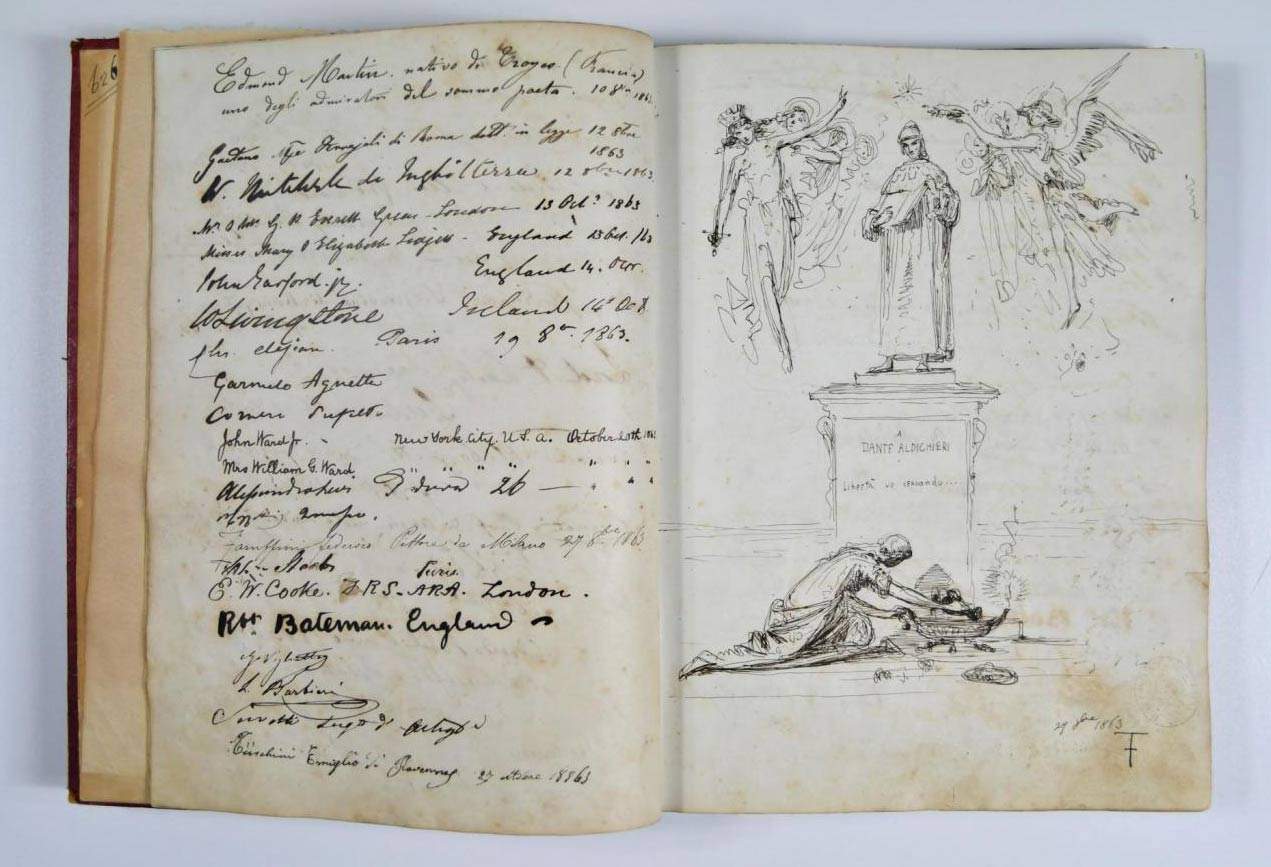
5. June. A Vincent van Gogh bookmark (and, in October, a drawing of him).
Two surprises this year from Vincent van Gogh. The first in June, when researchers discovered inside a novel a bookmark drawn by Vincent van Gogh. Remained hidden for more than 135 years, it went on display for the first time at the Van Gogh Museum in Amsterdam(Read the full story here). The second was in October, when a new drawing by Vincent van Gogh was discovered, the preparatory study for Worn Out (literally “exhausted”), the famous drawing the artist made in November 1882 that depicts precisely a tired, hunched over old man sitting in a chair, covering his face with his hands. It is one of many works dedicated to the weak and the poor, in which the dramatic line is well emphasized. Read the full story here.
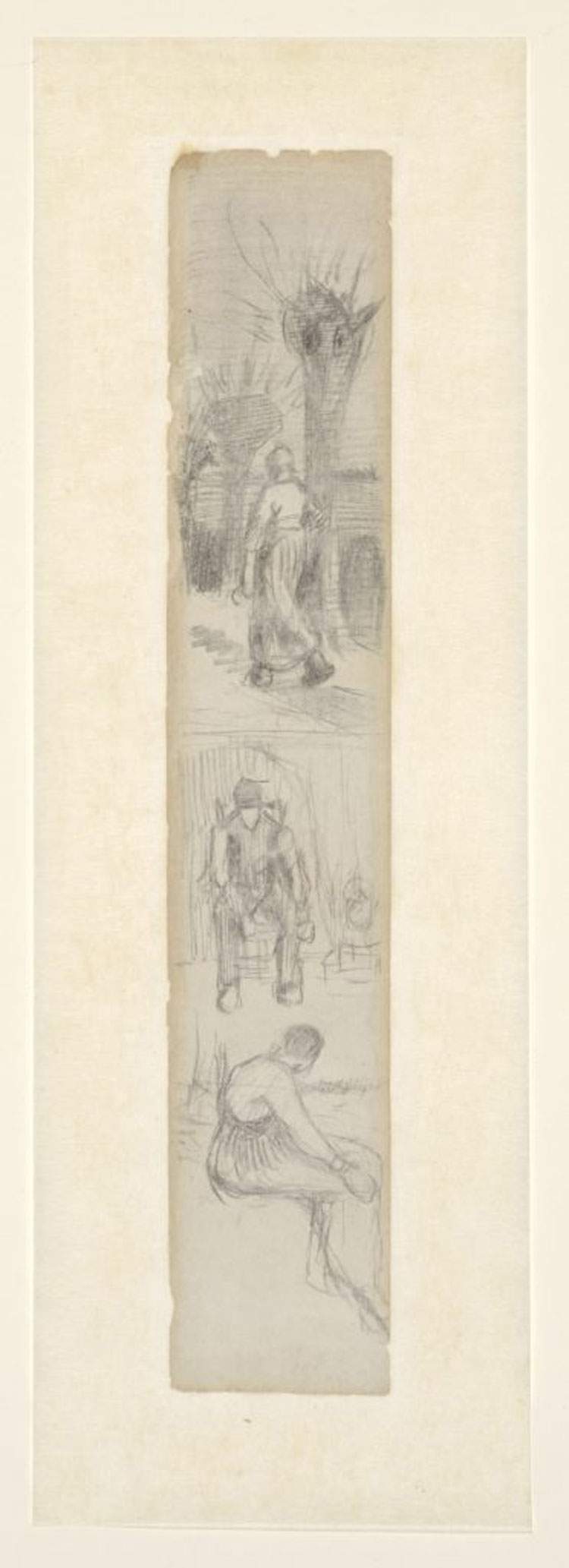
6. July. A twentieth-century decorative cycle at Villa Puccini, Torre del Lago.
A wonderful discovery was made in July at the Villa Museo Giacomo Puccini in Torre del Lago, the beloved residence of the great composer Giacomo Puccini (Lucca, 1858 - Brussels, 1924): during restoration work that has been affecting several rooms of the home for years, a cycle of tempera decorations emerged, until now hidden by the silk covering the walls of the room, on the ground floor, called by Puccini himself Omnibus, where he composed and received friends. A totally unexpected find that excited the entire team on site and the staff of the Simonetta Puccini Foundation. Read the full story here.
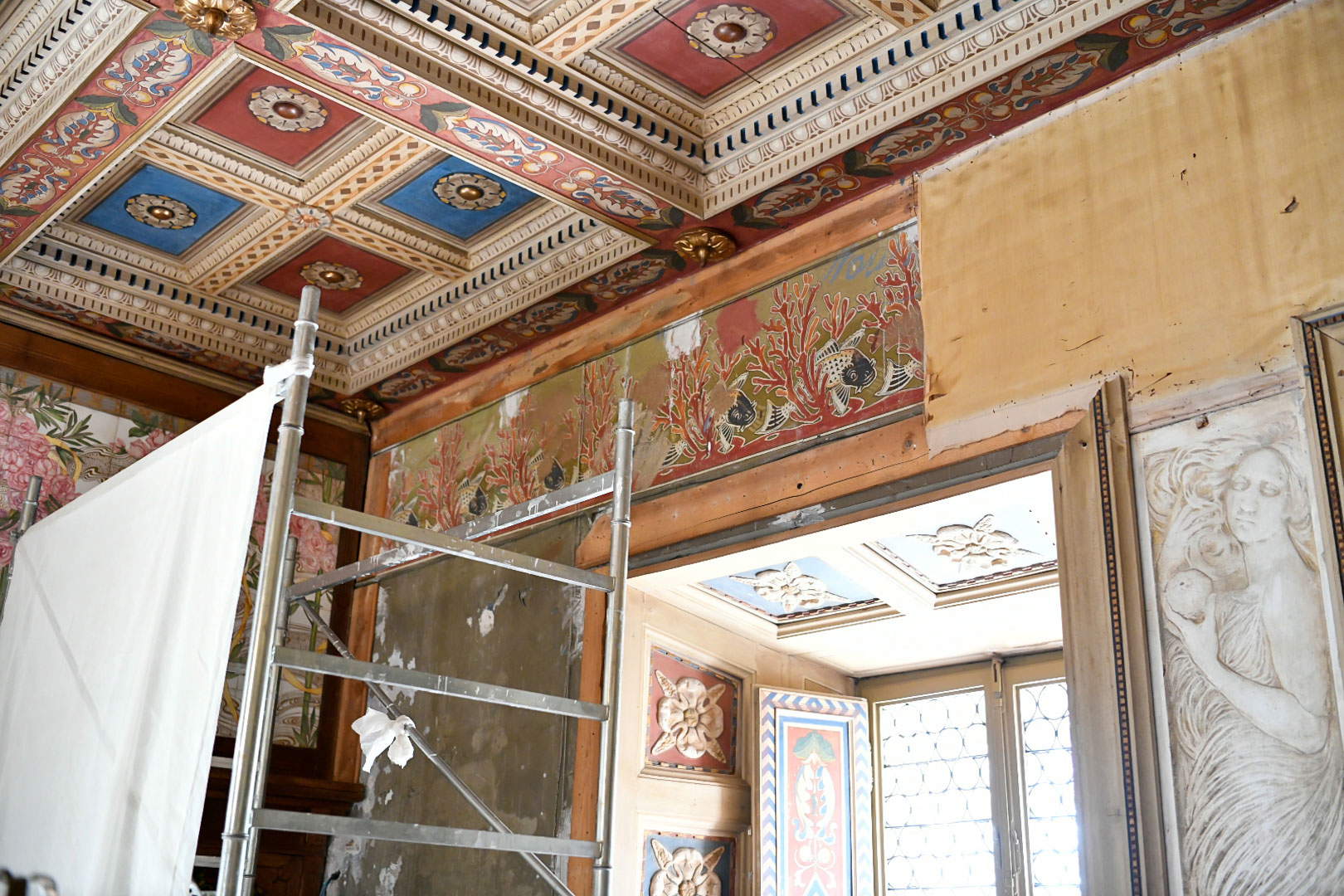
7. September. An important 17th-century Florentine painting by Cesare Dandini in the church of a New York suburb.
The most daring discovery of the year is in New Rochelle, a New York suburb, where an important painting by Cesare Dandini (Florence, 1596 - 1657), a Holy Family with St. John, has resurfaced. The work was discovered purely by chance by a local art history teacher, who submitted it to critics. Read the full story here.
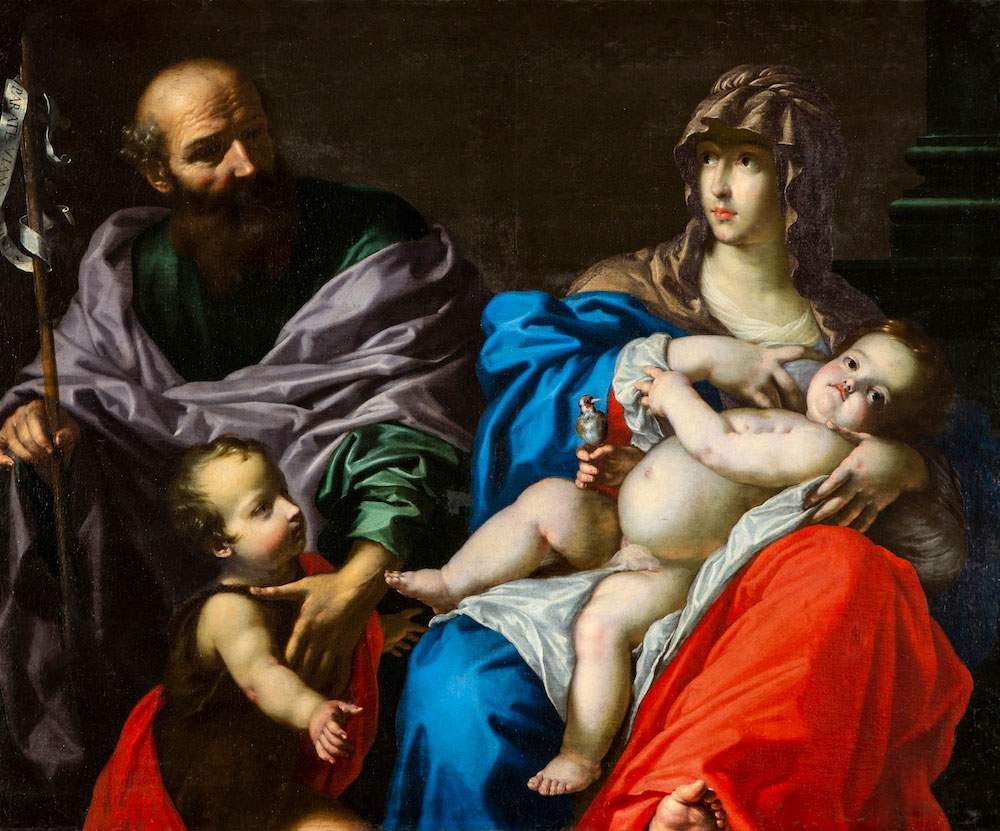
8. September. Discoveries on Michelangelo’s Pieta Bandini after restoration.
The conclusion of the restoration of Michelangelo Buonarroti’s Pieta Bandini in September led to new discoveries about the important work. The restoration confirmed that the work was made of a defective marble due to the presence of numerous micro-fractures, particularly one on the base, which may have “forced” Michelangelo to abandon the sculpture. Again, the huge block of marble on which it is carved comes from the Medici quarries in Seravezza and not Carrara as believed until now. Read the full story here.
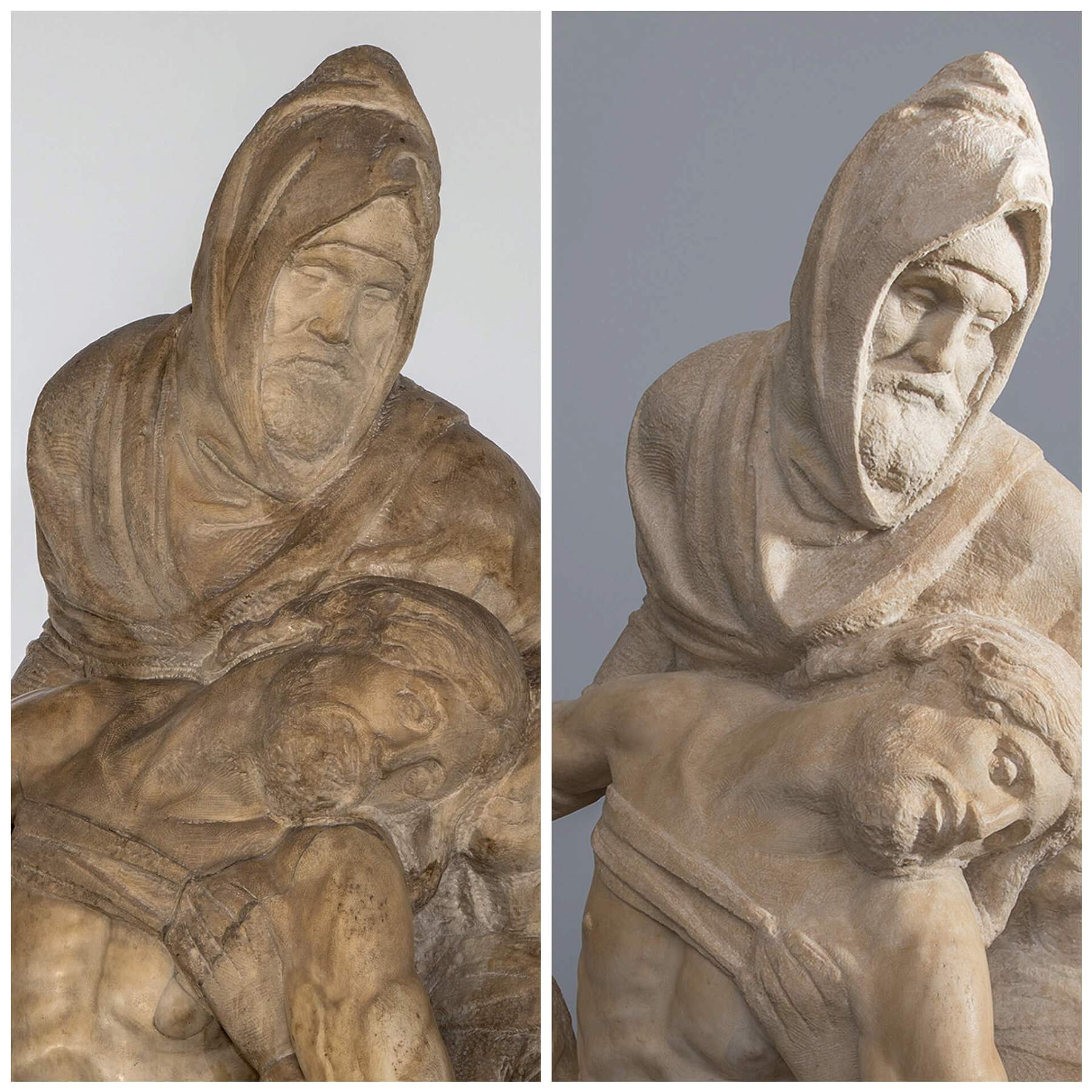
9. October. The Real Infante by Giuseppe Sammartino.
One of the major discoveries of the year was made at the Royal Palace of Caserta, during the work of reorganization of some service spaces, not open to the public and intended for storage. It was precisely from these storerooms and their reorganization, commissioned by the Museums Directorate of the Ministry of Culture in view of the refurbishment of the Royal Apartments, that a soft stone sculpture, with pinkish veins, depicting a sleeping child, apparently eighteenth-century, resurfaced. A work of great beauty and very high quality, so much so that it led the director of the Reggia, Tiziana Maffei, to ask the institute’s technicians to study the work in order to identify the possible author. The name that has been put forward by scholars is that of Giuseppe Sammartino (Naples, 1720 - 1793), the author of the Veiled Christ that stands at the center of the Sansevero Chapel in the heart of the city. And the subject has been identified as the Royal Infante Charles Titus of Bourbon-Naples. Read the full story here.
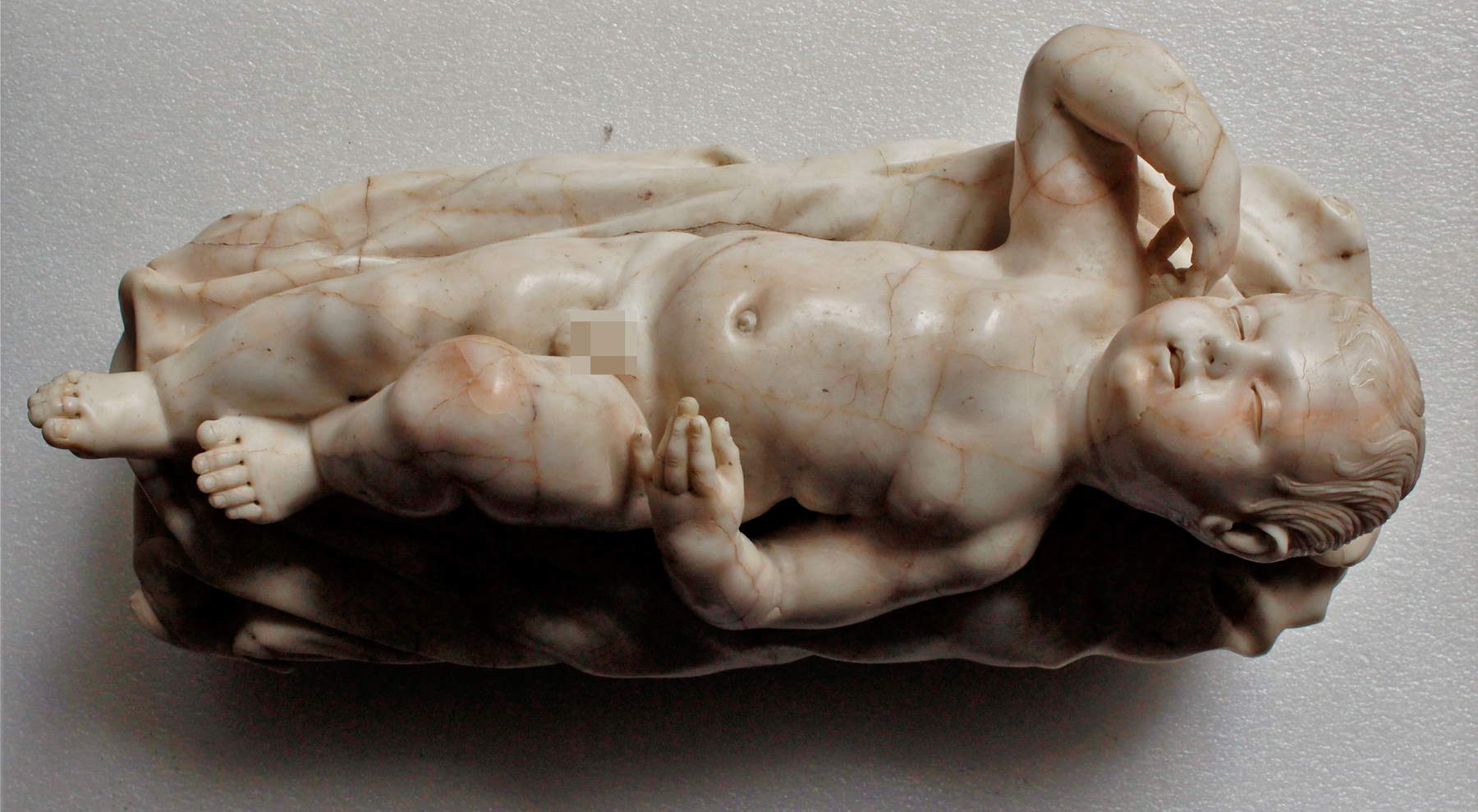
10. December. A drawing by Albrecht Dürer (which had been purchased for $30).
A story that has the unbelievable: in 2016, a collector buys, at an estate auction in Concord, Massachusetts (United States), a drawing for $30, and five years later several authoritative experts determine that it is a work by Albrecht Dürer. A group of scholars, experts on Dürer and the German Renaissance, gathered in mid-December 2021 at the British Museum in London to discuss the work (which could be worth a few million euros): a pen drawing sold in 2016 and depicting a Madonna and Child. Below the Virgin’s robe appears Dürer’s monogram, the one formed by the initials A.D., which is often seen in works by the great German Renaissance artist. And at least two of the artist’s leading experts are convinced of his authorship. Read the full story here.
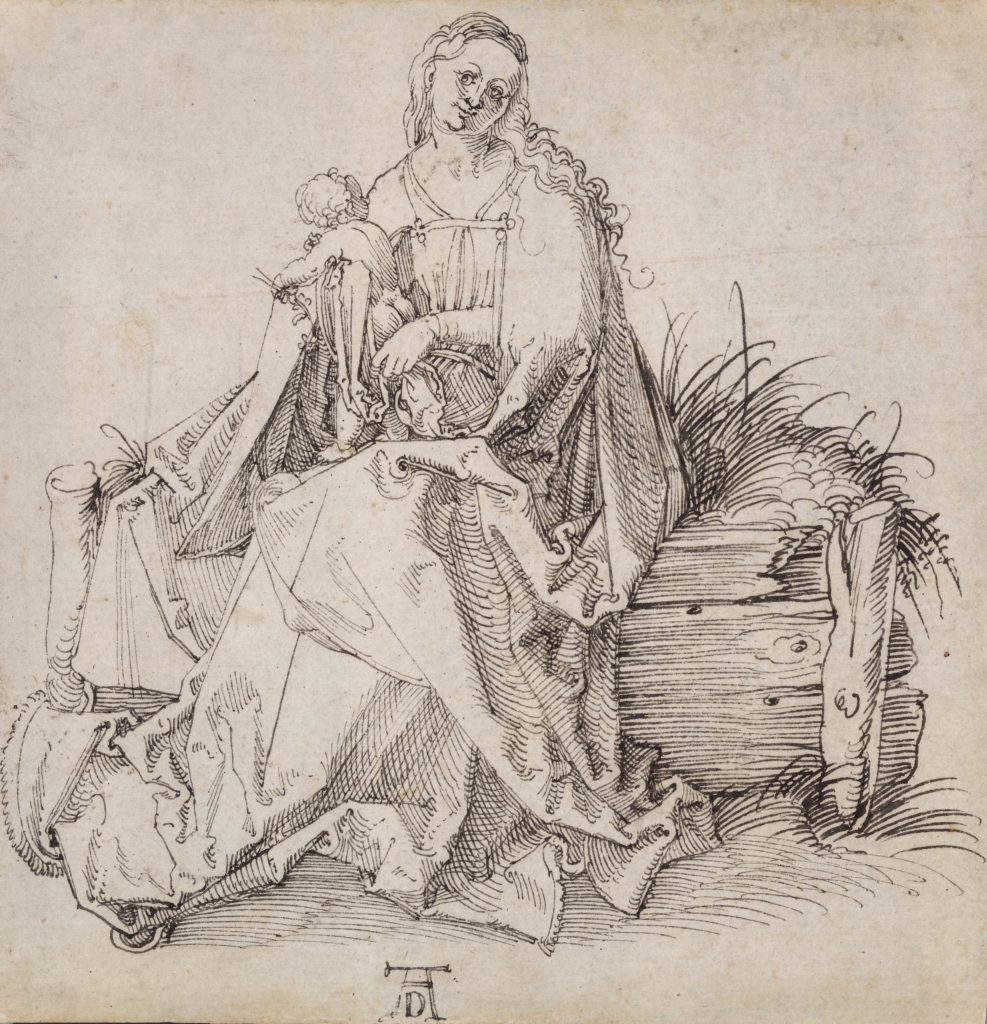
 |
| The 10 most interesting historical and artistic discoveries of 2021 |
Warning: the translation into English of the original Italian article was created using automatic tools. We undertake to review all articles, but we do not guarantee the total absence of inaccuracies in the translation due to the program. You can find the original by clicking on the ITA button. If you find any mistake,please contact us.




























